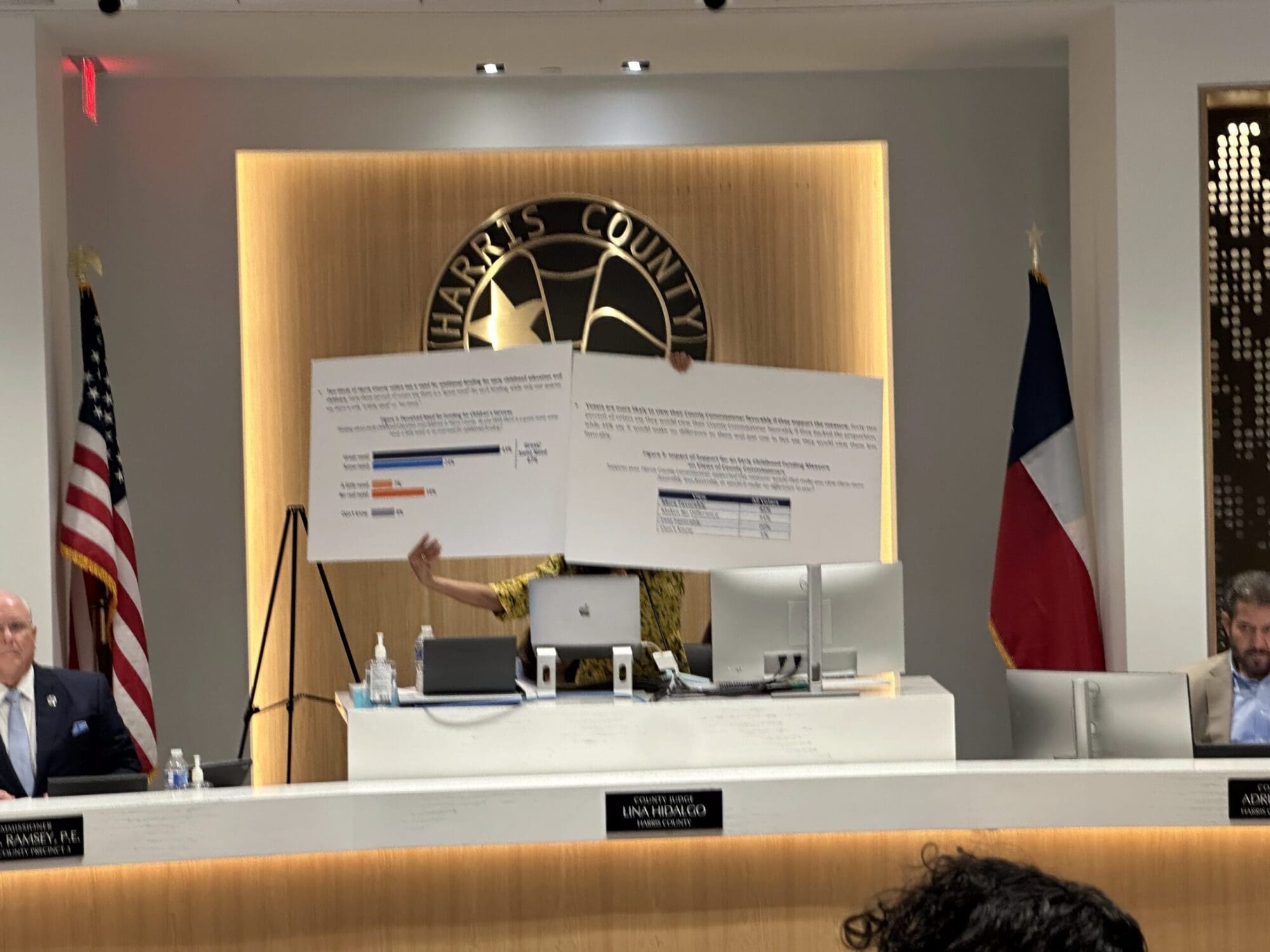In the final days of the recent Texas legislative session, a compromise was reached on legislation designed to provide “school finance reform” and property tax relief. But with explanations of the bill’s contents varying between lawmakers and media reports, Texas taxpayers are asking themselves what the bill actually does and what type of property tax relief to expect.
The Texas Education Agency has published a detailed summary attempting to explain the effects of the legislation—House Bill 3—in various areas, including on property tax bills.
According to the TEA analysis, the bill provides for school property tax rate reduction or “compression” in the 2019 tax year; the impact will vary from district to district.
Experts at the Texas Public Policy Foundation have calculated the average rate cut to be 7 cents per $100 of property valuation, via the state spending $5 billion to buy down school maintenance and operations tax rates. The TEA states the new “rollback” limit on tax revenue increases of 2.5 percent would go into effect in 2020.
Both changes differ from claims contained in promotional materials produced by Texas lawmakers.
During the bill’s announcement after a compromise was reached, lawmakers claimed the legislation “lowers school property tax rates” over a two-year period “by an average of 8 cents in 2020 and 13 cents in 2021.”
Based on the TEA’s summary, how would taxpayers be impacted? It will depend, based on which district they pay taxes to and how much their appraisal value changes each year.
For example, not including voter-approved debt, a property taxpayer who paid a school property tax rate of $1.04 per $100 of property valuation in 2018 will see their 2019 school tax rate reduced by approximately 7 cents, down to 93 cents per $100 of property valuation. Those with the notorious golden pennies and rate of $1.17 will see their 2019 school tax rate reduced by approximately 10 cents. In the above example, that’s a school tax rate reduction of between 6.7 and 8.5 percent.
Of course, this does not mean a homeowner will receive this cut in their school property tax bill. If a homeowner’s taxable property value or “appraisal” increases by more than 6.7 to 8.5 percent in 2019, they would not see a net reduction in what they pay in 2019, when compared to their 2018 tax bill.
The exact reason for the discrepancies between the TEA summary and claims by lawmakers is unclear, but it may be attributed to semantics.
For example, the “2019 tax year” has also been referred to as the 2019-2020 fiscal year for school districts, or 2020, the year in which homeowners’ 2019 tax bill is due. The TEA asserts the estimated 7-cent tax rate reduction begins this year, in 2019, and should affect Texan’s upcoming school property tax bill.
How this will affect individual school districts, and the taxpayers living in these districts, remains to be seen as district-by-district “runs,” or projections, have yet to be made publicly available by lawmakers. It’s also unclear whether they have been made available to lawmakers themselves.
Again, after the 2019 tax year, the TEA does not say there is an additional, automatic tax rate compression in 2020, contrary to reports by lawmakers and some media outlets. Instead, beginning in the 2020 tax year, school districts will be subject to a 2.5 percent annual rollback limit on property tax revenue growth.
Because of rising appraisal rates, a 2.5 percent limit on revenue growth means the state will likely be forced to spend additional money to offset the forgone property tax revenue that cannot be levied by local school districts. The TEA summary does not forecast how much the 2.5 percent limit could further reduce school tax rates in 2020 and beyond, although HB 3’s promotional materials estimate the rate reduction at 5 cents.
In addition to the dramatic $6.5 billion increase in new state spending on public education, and the $5 billion dedicated to reducing school tax rates, the legislation also requires school districts to conduct efficiency audits prior to putting future tax increases on the ballot.
According to the TEA, the law also requires school districts to include ballot language for debt or “bond” propositions stating: “This is a property tax increase.” This ballot transparency reform was supported by Texans for Fiscal Responsibility but was stalled for many years due to strong opposition by public school districts and their lobbyists.





